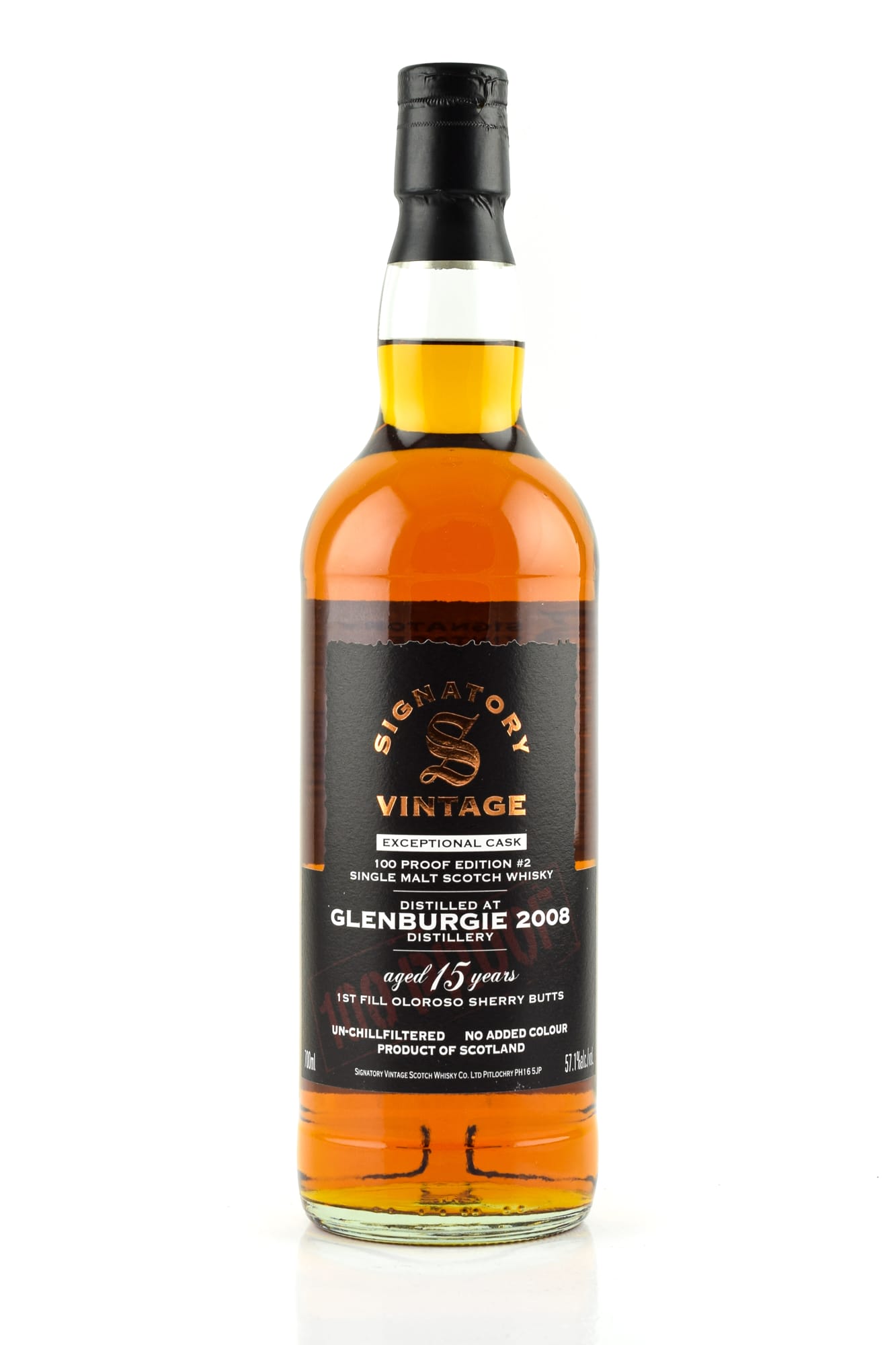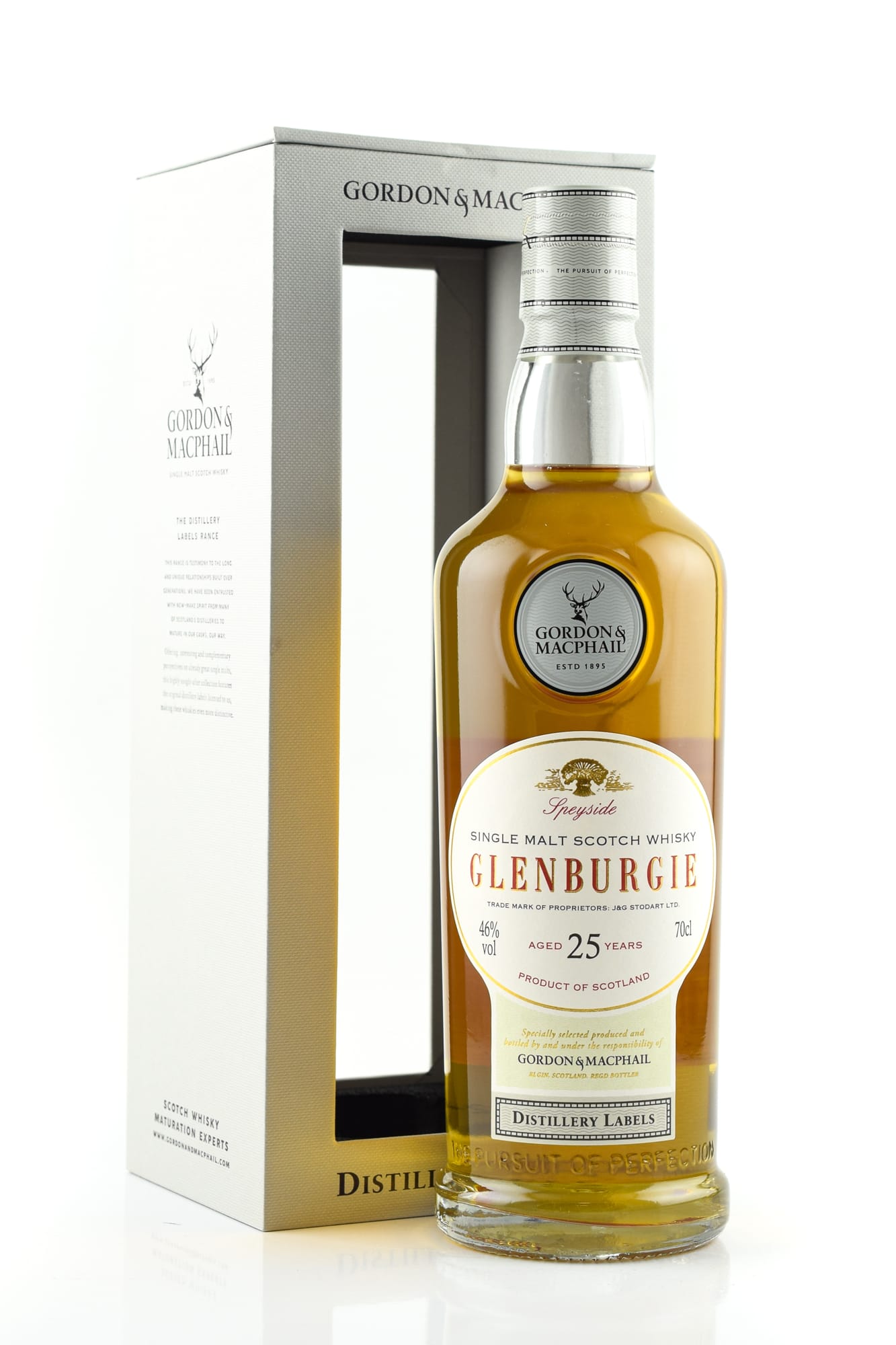- Scotch Whisky
-
Whisky
- Types of Whisky
- Whisky MIniatures & Samples
- Accessories
-
Distilleries / Brands
- Amrut
- Bushmills
- Connemara
- Jameson
- Johnnie Walker
- Jack Daniels
- Jim Beam
- Kavalan
- Nikka Whisky
- Paul John
- Redbreast
- Starward
- Suntory Whisky
- West Cork
- Waterford
-
All Distilleries / Brands
- Aberfeldy
- Aberlour
- Abhainn Dearg
- Aerstone
- Ailsa Bay
- Allt-à-Bhainne
- Amrut
- anCnoc
- Annandale
- Arbikie
- Ardbeg
- Ardmore
- Ardnahoe
- Ardnamurchan
- Armorik
- Arran
- Auchentoshan
- Auchroisk
- Aultmore
- Bain's
- Bakery Hill
- Balblair
- Ballantine's
- Ballechin
- Balmenach
- Balvenie
- Banff
- Basil Hayden's
- Ben Nevis
- Benriach
- Benrinnes
- Benromach
- Big Peat
- Bimber
- Black Bottle
- Black Rock
- Bladnoch
- Blair Athol
- Blanton's
- Booker's
- Bowmore
- Braeval
- Brora
- Bruichladdich
- Buffalo Trace
- Bulleit
- Bunnahabhain
- Bushmills
- Caledonian
- Cambus
- Cameronbridge
- Caol Ila
- Caperdonich
- Cardhu
- Carsebridge
- Chichibu
- Chivas Regal
- Clydeside
- Clynelish
- Coleburn
- Compass Box
- Connemara
- Convalmore
- Cooley
- Corsair Artisan
- Cotswolds
- Cragganmore
- Craigduff
- Craigellachie
- Crown Royal
- Cutty Sark
- Dad's Hat
- Daftmill
- Dailuaine
- Dallas Dhu
- Dalmore
- Dalwhinnie
- J.W. Dant
- Deanston
- Dewar's
- Dingle
- Drambuie
- Dry Fly Distilling
- Dublin Liberties
- Dufftown
- Dumbarton
- Eden Mill
- Edradour
- Eimverk
- Elijah Craig
- Elsburn
- Famous Grouse
- Fettercairn
- FEW Spirits
- Finlaggan
- Floki
- Four Roses
- Frysk Hynder
- George Dickel
- Ginkgo
- Girvan
- Glann Ar Mor
- Glasgow
- Glen Albyn
- Glen Elgin
- Glen Garioch
- Glen Grant
- Glen Keith
- Glen Mhor
- Glen Moray
- Glen Ord
- Glen Scotia
- Glen Spey
- Glenallachie
- Glenburghie
- Glencadam
- Glendalough
- Glendronach
- Glendullan
- Glenesk
- Glenfarclas
- Glenfiddich
- Glenglassaugh
- Glengoyne
- Glengyle
- Glenkinchie
- Glenlivet
- Glenlossie
- Glenmorangie
- Glenrothes
- Glentauchers
- Glentauchers
- Glenturret
- Glenugie
- Glenwyvis
- Grant's
- Green Spot
- Hakushu
- Hanyu
- Harris
- Hazelburn
- Heaven Hill
- Hibiki
- Highland Park
- Holyrood
- Hyde
- Ileach
- Imperial
- Inchgower
- Inchmurrin
- Invergordon
- Inverleven
- Jack Daniel's
- Jameson
- Jim Beam
- Johnnie Walker
- Jura
- Karuizawa
- Kavalan
- Kilbeggan
- Kilchoman
- Kilkerran
- Kingsbarns
- Kininvie
- Knob Creek
- Knockando
- Knockdhu
- Koval
- Kyrö
- Ladyburn
- Lagavulin
- Lagg
- Lantenhammer
- Laphroaig
- Lark
- Ledaig
- Lindores Abbey
- Linkwood
- Linlithgow
- Littlemill
- Loch Lomond
- Lochlea
- Lochside
- Longmorn
- Longrow
- Macallan
- Macduff
- Mackmyra
- MacNair's
- Maker's Mark
- Mannochmore
- Mars
- Michter's
- Midleton
- Milford
- Millburn
- Millstone
- Miltonduff
- Miyagikyo
- Monkey Shoulder
- Mortlach
- Nc'nean
- Nikka Whisky
- North British
- North of Scotland
- North Port
- Oban
- Octomore
- Old Ballantruan
- Old Forester
- Old Grand Dad
- Old Pulteney
- Paul John
- Peat's Beast
- Penderyn
- Pietra & Maleva
- Pittyvaich
- Port Askaig
- Port Charlotte
- Port Dundas
- Port Ellen
- Powers
- Puni
- Raasay
- Rebel Yell
- Redbreast
- Redemption
- Rittenhouse
- Rosebank
- Royal Brackla
- Royal Lochnagar
- Scapa
- Sea Shepherd
- Slyrs
- Smokehead
- Spey
- Speyburn
- Speyside Distillery
- Springbank
- St George's Distillery
- St. Kilian
- St. Magdalene
- Star Hill
- Starward
- Stauning
- Stork Club
- Strathclyde
- Strathisla
- Strathmill
- Sullivans Cove
- Suntory
- Talisker
- Tamdhu
- Tamnavulin
- Teaninich
- The Teeling Whisky Company
- Teerenpeli
- The Epicurean
- The Irishman
- The Quiet Man
- The Singleton
- Tobermory
- Togouchi
- Tomatin
- Tomintoul
- Torabhaig
- Tormore
- Tullamore Dew
- Tullibardine
- Tyrconnell
- Uitvlught
- Warenghem
- Waterford
- West Cork
- Westerhall
- Westward
- WhistlePig
- White Oak
- Wild Turkey
- Willett
- Wolfburn
- Woodford Reserve
- Writers Tears
- Yamazaki
- Yoichi
- Specials
- Countries
- Whisky recommendations
- Rum
- Gin
- Wine
- Spirits & Liqueurs
- New In
- Samples & Miniatures
- Gift ideas
- SALE
Filter products
Glenburghie
Translation: Valley of Burgie
Region: Speyside
The truth about Lomond stills.
Glenburgie is one of only four distilleries, where at times a "Lomond Still" was used. The Lomond Still was a special fuel bladder, which is compared to the conventional pot still provided with some technical modifications - including a so-called "rectifier". (For further technical details is omitted here for reasons of space ...) That should allow, according to the theory, a greater flexibility in burning.
The malt produced by Glenburgie in two Lomond stills was sold under the name Glencraig to distinguish it from the actual Glenburgie single malt.
According to popular literature, malts from a Lomond Still have a rather heavy, oily body. Only - that's not true. Anyone who has ever tried a Glencraig will find that the whiskey is rather light, delicate and floral. However, checking this yourself is becoming increasingly difficult. Because the Lomond stills could not prevail and were dismantled long ago.
A little history
Glenburgie was probably founded as a Kinflat Distillery in 1810 by Willam Paul. At least that's what you can read on a badge at the distillery. Officially, production did not begin until 1829.
Kinflat was closed in 1870 and reopened in 1878 under Charles Hay as Glenburgie-Glenlivet.
In 1884 the distillery was bought by Alexander Fraser & Co., which bankrupted in 1925. Donald Mustad then took over the management of Glenburgie.
Just two years later, James & George Stodart Ltd. bought. the meanwhile abandoned distillery. In 1930, Hiram Walker acquired 60% of the company's shares in James & George Stodart Ltd., in 1936 then the remaining 40%. The production at Glenburgie was resumed under the new leadership.
In 1958, as part of extensive renovations, two Lomond stills were installed, which came from the distillery Inverleven. The malt produced with it was sold under the name Glencraig. In 1981, the Lomond stills were replaced by conventional pot stills.
In 1987, Allied Lyons bought the company Hiram Walker.
From 2003 to 2005 Glenburgie was modernized for 4.3 million pounds.
In 2005, Chivas Brothers (Pernod Ricard) acquired the distillery through the acquisition of Allied. In 2006, the stills were extended from four to six.
With a capacity of over 4 million liters, Glenburgie is one of the largest distilleries of the Pernod / Chivas Group. The malt flows but mostly in their blends.
What do I actually have in the glass?
The Glenburgie has a rather fragrant, fresh character with delicate hay and malt notes. The Glencraig is even lighter, fresher, flowery.
3 reasons to love Glenburgie
1) Because the Glenburgie is a fine malt
2) Because the Glencraig is a fine malt.
3) Because both are an insider tip.
The one drama for the lonely island
The 18-year-old Glenburgie from the "Single Malts of Scotland" series is extraordinary in many ways. 18 years - and still 62.2% alcohol? Matured in a sherry barrel - and a color like brightly sparkling brass? Apparently here, in accordance with the fine character of the Glenburgie, a Fino Sherry Butt was used. Unusual. And succeeded.
numbers and facts
Address: Alves, Forres, Morayshire IV36 2QY
Founded: probably 1810 by William Paul (officially documented 1829)
Status: active
Owner: Chivas Brothers (Pernod Ricard)
Capacity: approx. 4,200,000 liters
2 wash stills (11,750 l)
2 spirit stills (15,000 l)
Water: Source unknown
Visitor Center: -
Telephone: +44 (0) 1343 - 850258
Website: www.glenburgie.com
Content: 0.7 Liter (€121.41* / 1 Liter)
Content: 0.7 Liter (€342.84* / 1 Liter)

